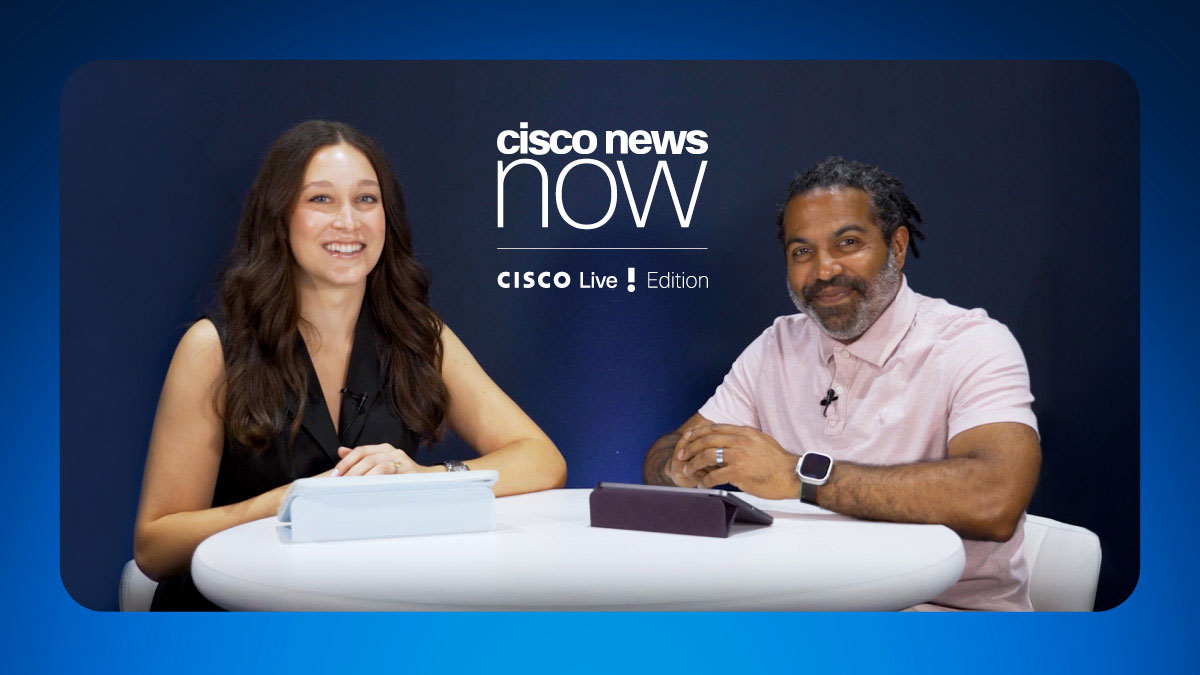Cisco IOS Software Integrates IP and ATM Class of Service to Enable New World of Networking Services
SAN JOSE, Calif. -- November 17, 1998 -- Cisco Systems, Inc., the worldwide leader in networking for the Internet, today announced the first-of-its-kind integrated IP-ATM Class of Service (CoS) capability available with Cisco's latest Cisco IOS. software releases. Cisco's IP-ATM CoS capability is part of Cisco's ongoing investment in solutions that bring the richness of Cisco IOS software to customers with investments in IP and ATM networks.
By implementing the integrated IP-ATM CoS capability, network service providers can create differentiated service classes across IP and traditional ATM networks. These differential service classes help network service providers manage the flow of mission-critical data through wide-area networks using Cisco IOS software. Developing this ability to create network-wide, differentiated service classes on existing networks, Cisco is leading the effort to provide QoS solutions that will take advantage of evolving multiple networkinfrastructures.
"The ability to differentiate between traffic classes is a next step in the management of network resources, such as bandwidth," said Becca Nitzan, network engineer, ESnet. "Cisco's IP-ATM CoS facility will help us provide service classes to our customers by ensuring their critical data flows through our network predictably and without loss due to congestion from other, less critical traffic."
Similar to service classes in airline travel, where business class receives better service than coach, and first class receives better service thanbusiness class, Cisco's new IP-ATM CoS capability categorizes network traffic depending on priority. With Cisco's IP-ATM solution, their customers are ensured that "first class" traffic on IP is "first class" traffic on ATM. Thus, critical users and traffic types can maintain peak performance evenduring periods of high network usage and congestion, while non-critical trafficcan be restricted in its network usage.
This new capability allows service providers, telcos and geographicallydisperse enterprise customers to better manage their network resources. Consequently, they have the flexibility to provide a greater quality of servicefor mission-critical traffic while also enhancing the cost structure of theirnetwork. For the first time, network service providers are able to classifyvarious types of traffic over multiple networks.
"IP differentiated services, based on Cisco developments, is the type oftechnology France Telecom Transpac is planning to use in the RAIN network on both ATM and SDH trunks," said Dominique Delisle, head of laboratory (Data Services and High-Bit Rate Networks), of France Telecom CNET Research Center. "We plan to use this technology in order to provide different class of services for different customer needs."
"Cisco IOS software continues to be at the leading edge of innovation withrespect to Internet services," said Keith Travis, product line manager, CiscoIOS software, Cisco Systems. "We designed the IP-ATM CoS capability incollaboration with our service provider customers to make sure it meets theirneeds, and their customers' needs."
The IP-ATM CoS facility runs on existing wide-area ATM networkinfrastructures. This new capability permits a phased deployment to TagSwitching/MPLS networks.



